For shrimp, in addition to the factors of design, quality, and price, achieving the above international certifications will open a wider door to penetrate many demanding markets but with large consumption and high value. For example, the EU market (including the UK), although we have many advantages in terms of: preferential tariffs (through free trade agreements), deep processing level meeting high world standards, consumption price... but the growth rate in this market in recent years has not been as expected, one of the reasons is that the output of Vietnamese shrimp certified by ASC is not much.
 |
| Cooperation to eliminate small-scale shrimp farming is one of the solutions to help increase the area of shrimp farming that meets international standards. Photo: TICH CHU |
The challenges for the shrimp industry are very clear and are at a higher level than before. Only with international certification organizations such as BAP, ASC... increasingly perfecting their control systems, causing surprise and passivity for processing plants and farming areas. Not to mention the requirement for product traceability is also a common requirement of all import markets of Vietnamese shrimp. Particularly for the high-end segment, most markets currently require certification such as ASC, BAP, ISO... Therefore, only shrimp farming areas with these certifications can easily penetrate the high-end segment.
Meanwhile, the area of shrimp farming that meets international standards is still very low, and one of the main reasons is that most of the farming households are small, so it is difficult to pursue this certification, because the assessment cost will increase the cost significantly. The process of granting shrimp farming facility codes is very slow, causing many difficulties for businesses in proving and convincing customers about their ability to control raw materials. For large shrimp markets such as the EU, large distribution systems here require shrimp quality inspection along the value chain. In particular, shrimp seed and feed suppliers must meet standards such as: ASC, BAP, ISO... and the second largest shrimp market, Japan, still maintains inspection of all shrimp shipments from Vietnam with many strict residue criteria.
As for the US market, although it is more lenient, it is a place where shrimp from many cheap shrimp sources in the world converge, especially India, Ecuador and Indonesia, which limits the consumption of Vietnamese shrimp here due to price competition. Meanwhile, the Canadian market places great importance on post-inspection, meaning they check a company's goods on supermarket shelves. If they fail, the goods of that company circulating in Canada will be recalled and returned to Vietnam, causing the risk to no longer be on each batch of goods but on all goods being consumed. Particularly, the two new, quite large markets, Korea and Australia, focus on checking shrimp diseases, which are quite common in the Mekong Delta, so it is also very difficult for businesses.
Faced with this situation, according to businesses, the entire industry needs to make efforts to accelerate action programs that are synchronous, practical and have specific effects, such as: propaganda, inspection, and prevention of preparations that are not used in shrimp farming, especially banned antibiotics, drastically and thoroughly from now on and maintain in the long term. Re-planning farming areas and investing in infrastructure; reorganizing shrimp farming production on a farm and cooperative scale to meet market standards so that products can be consumed in large systems at good prices, creating a breakthrough foundation for the quality, reputation and brand of Vietnamese shrimp.
The next solution is to have many projects calling for investment in shrimp farming; have a policy of land accumulation to form farms of hundreds of hectares, to have enough conditions to implement a complete intensive farming process, minimize risks, increase productivity, reduce costs, and increase competitiveness for Vietnamese shrimp. When the farming area meets ASC standards to reach hundreds of thousands of hectares, Vietnamese shrimp will certainly dominate the high-end shrimp market segment in the markets, contributing significantly to the completion of the goal of raising the level of Vietnamese shrimp.
The challenges facing the shrimp industry are clear and at their peak, so the most effective way to overcome these challenges is to minimize errors. To do so, Vietnamese shrimp must first be clean, internationally certified and easily traceable. To do this, it is necessary to control shrimp farming inputs well; have a program to build cooperation, form large, standardized farms for easy traceability, easy implementation and achieve international certifications to convince high-end consumption systems to accept high prices. The synchronization of members in the value chain will be an essential requirement in the coming time.
The price of domestic raw shrimp has been stable in recent times thanks to the processing level of factories, but in the long term, this problem will no longer exist because other countries are also investing heavily in processing, so the shrimp industry needs to have a feasible solution to reduce production costs, increase the area of certified shrimp to increase the competitiveness of Vietnamese shrimp in the world market. Only then can the shrimp industry develop effectively, sustainably and fulfill the mission of "Raising the level of Vietnamese shrimp".
ACCUMULATE
Source: https://baosoctrang.org.vn/kinh-te/202506/chung-nhan-quoc-te-cho-tom-188628c/



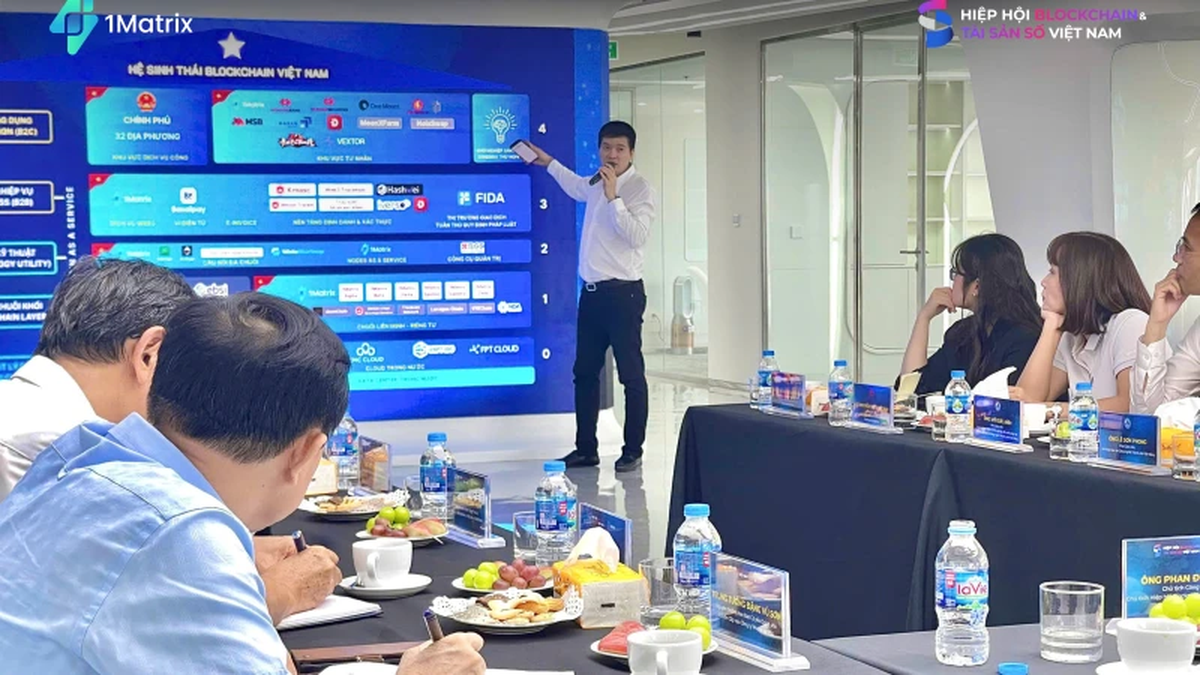
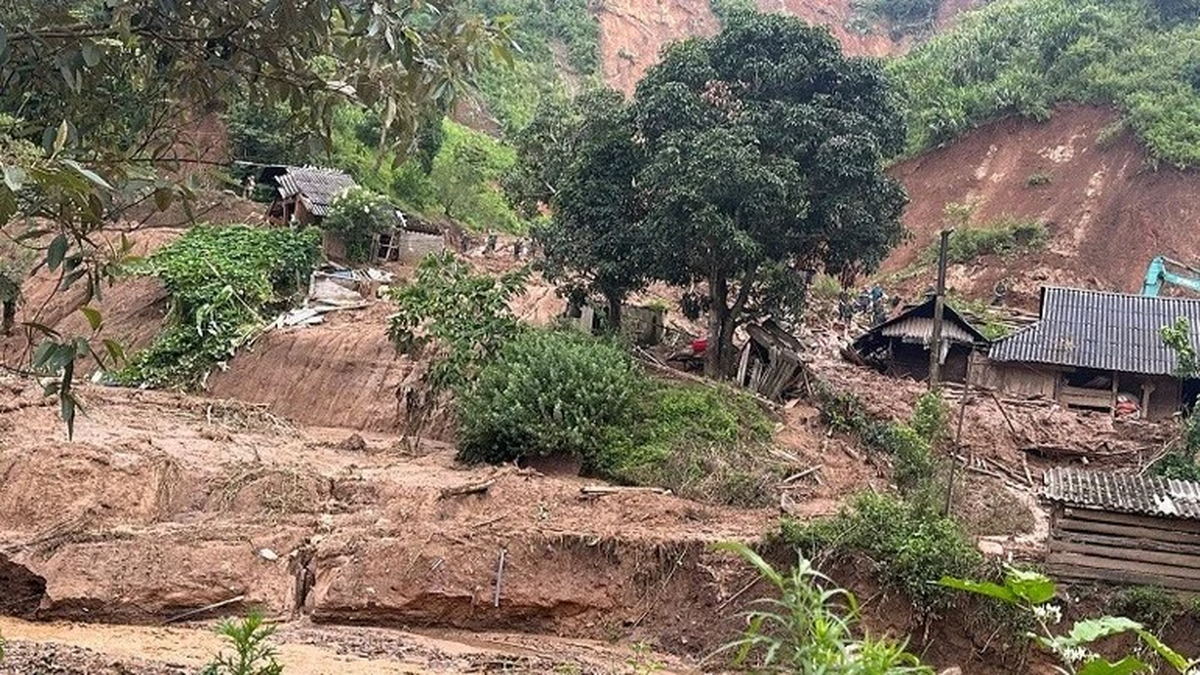
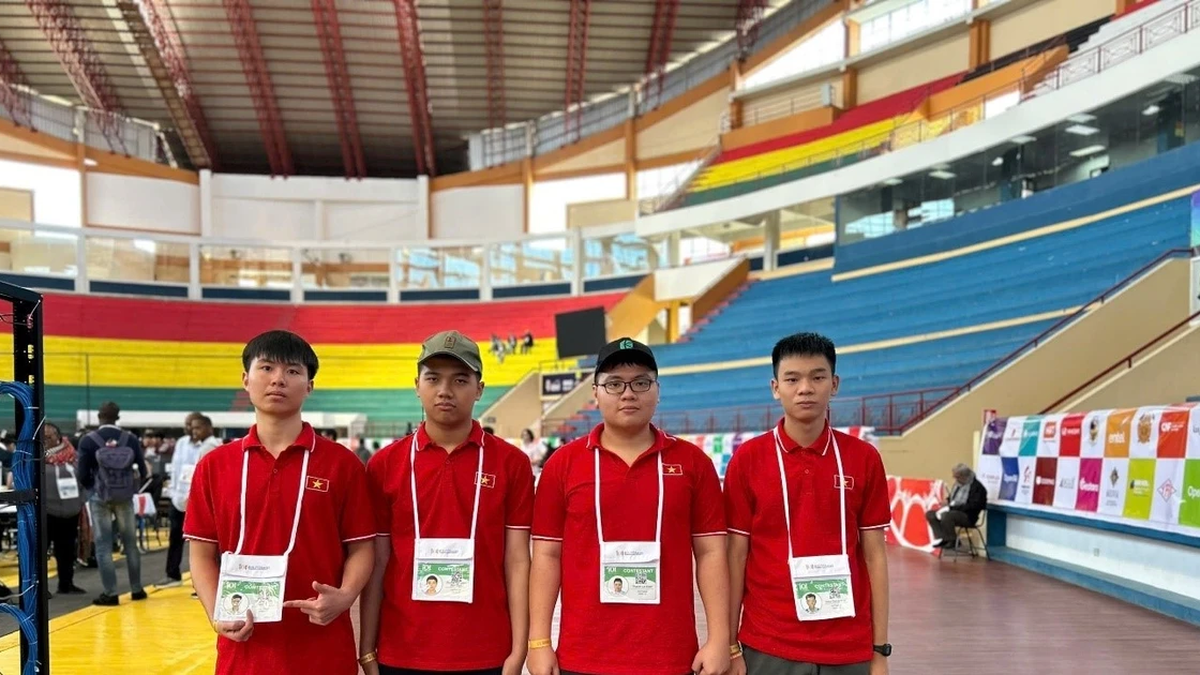
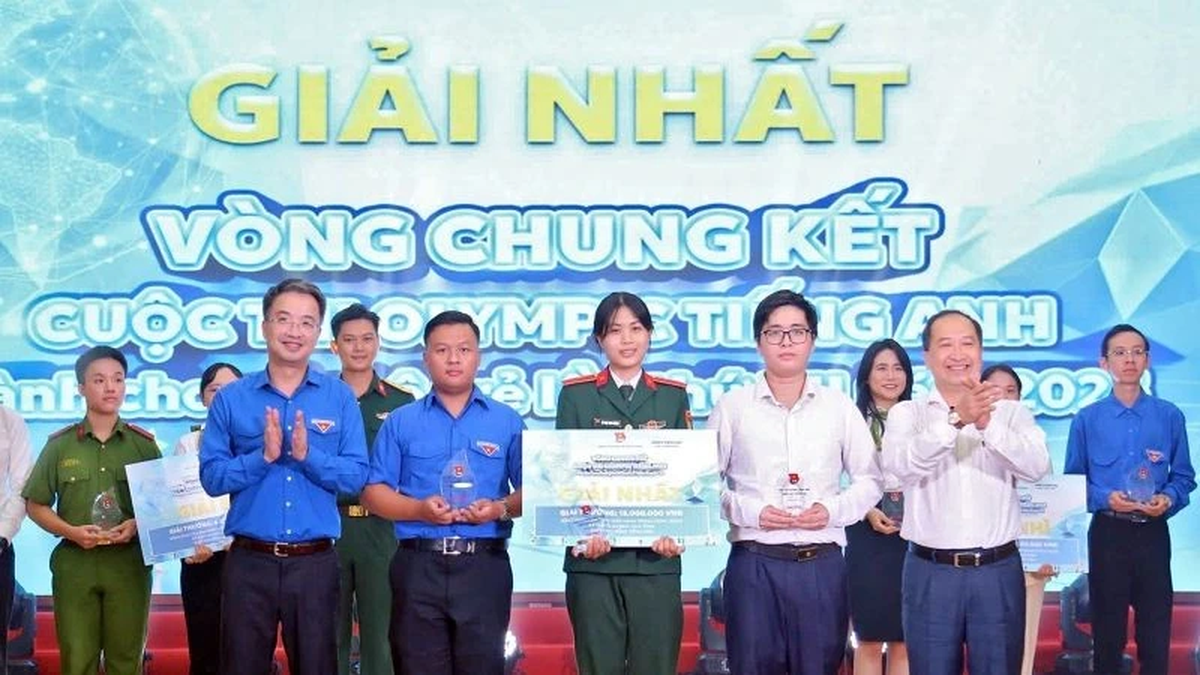
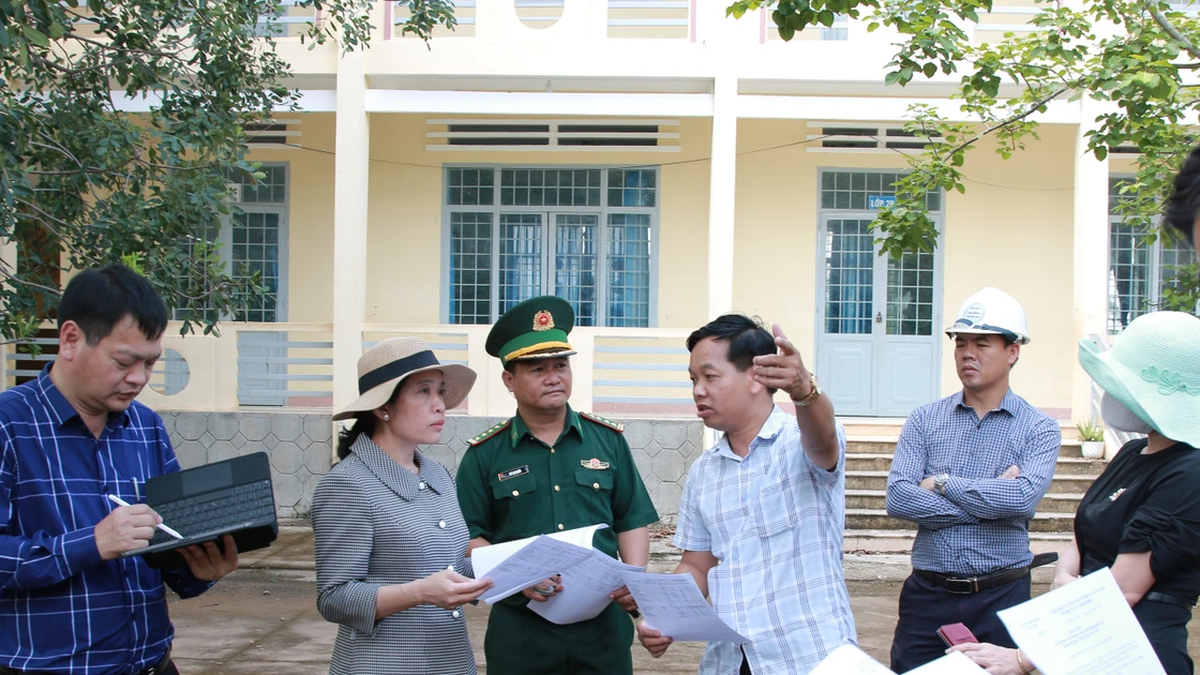

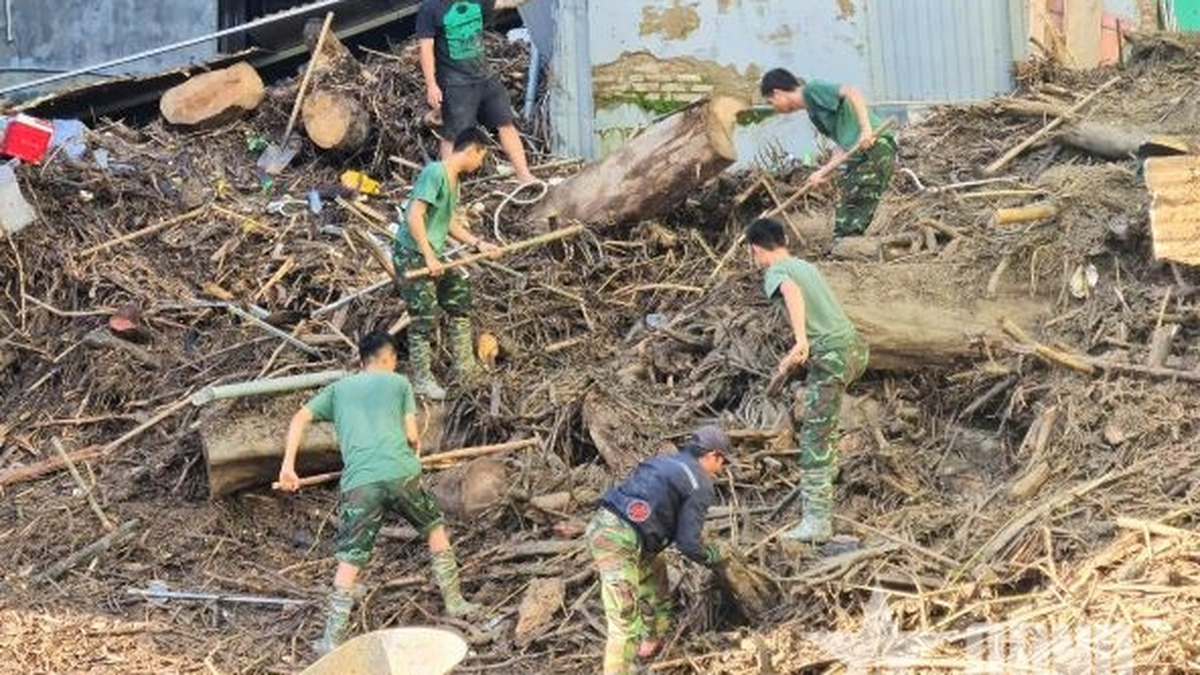

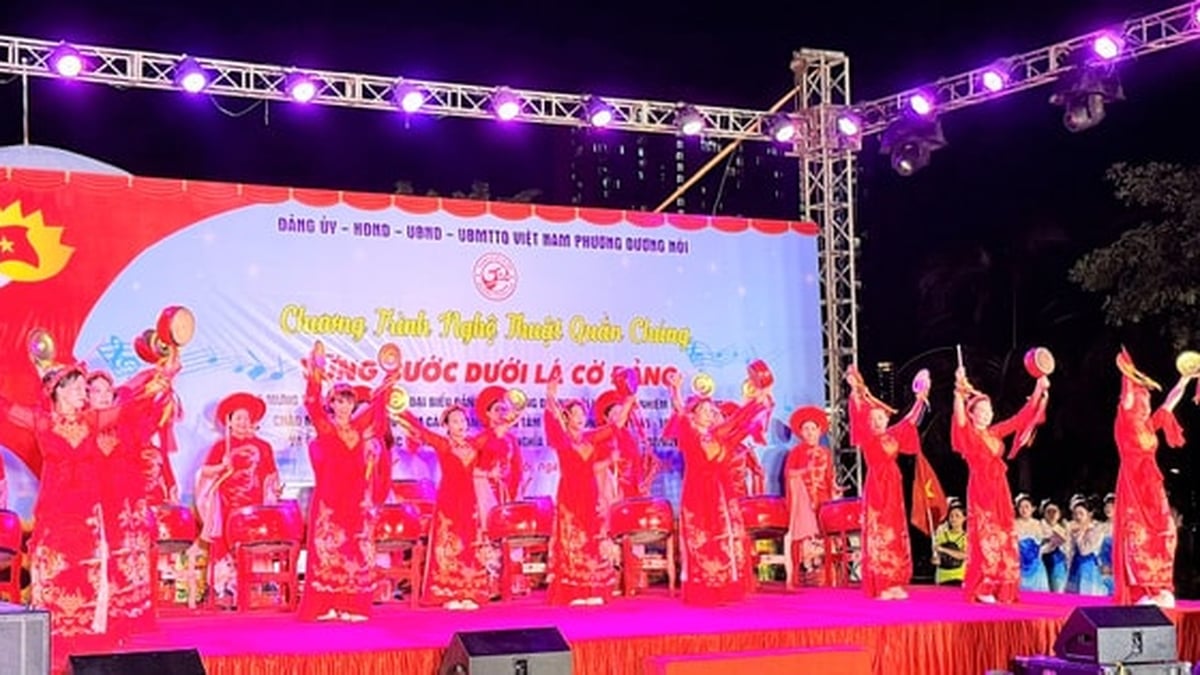



















































































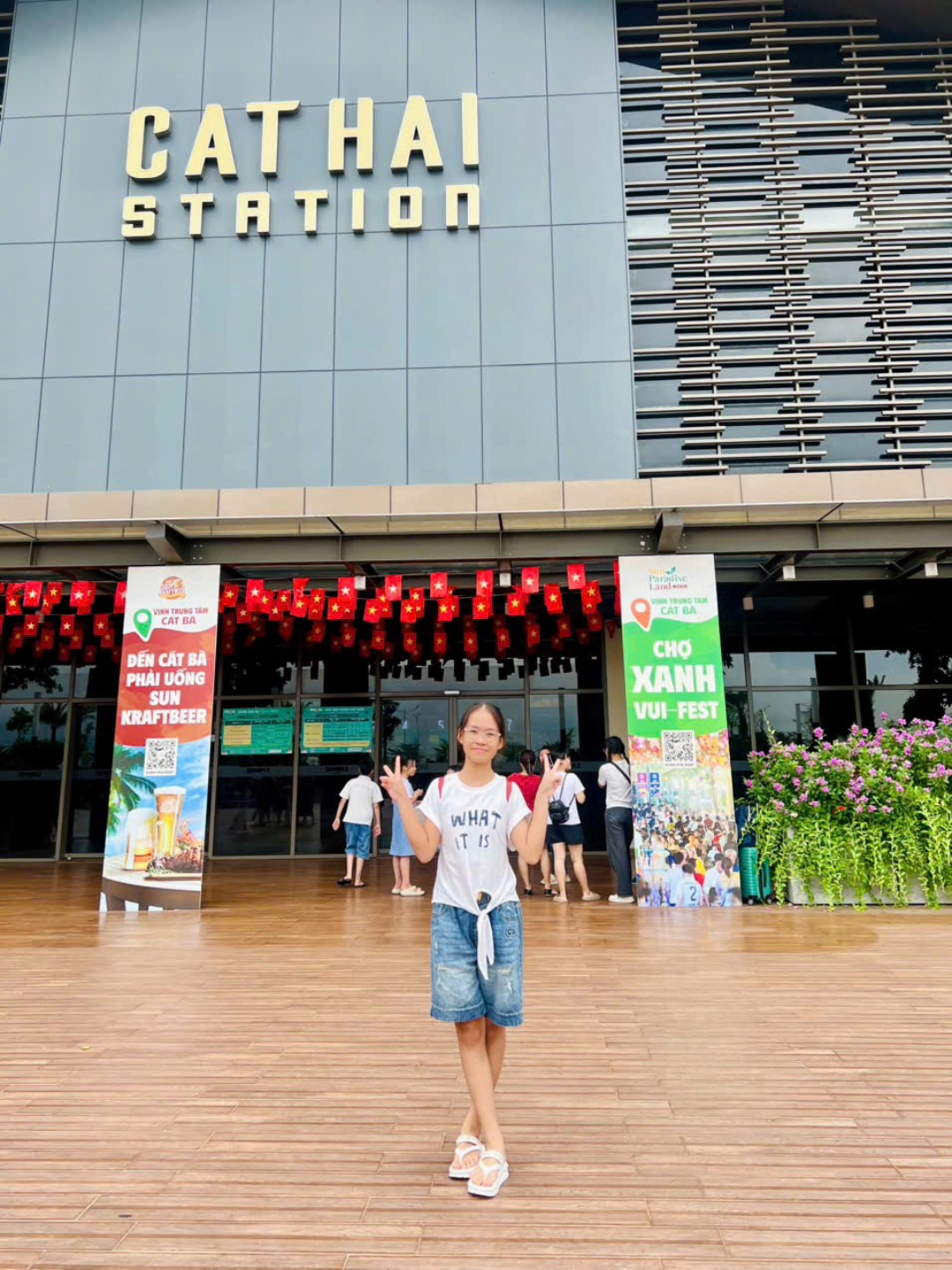


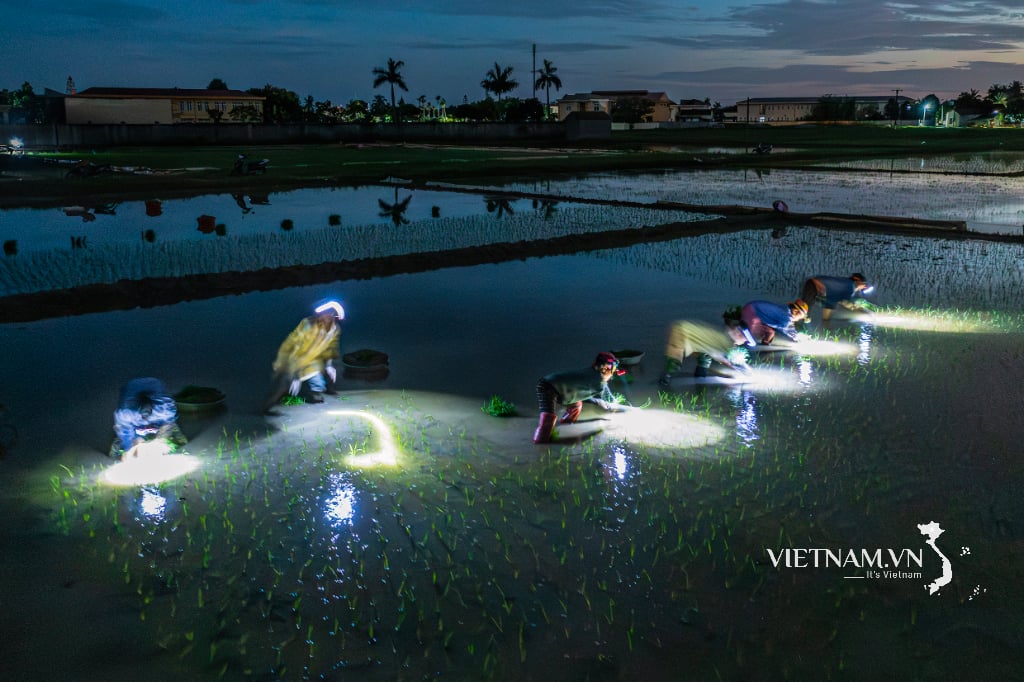
Comment (0)